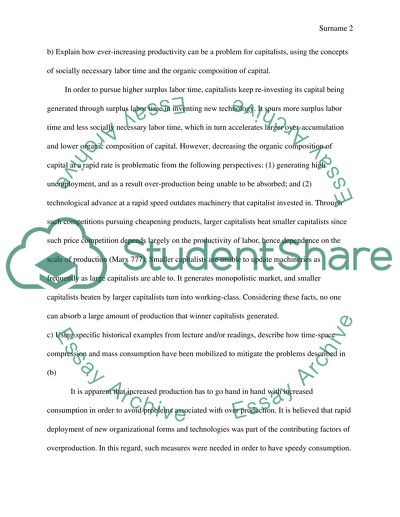Cite this document
(“Political economic organization and the production of generalized Essay”, n.d.)
Political economic organization and the production of generalized Essay. Retrieved from https://studentshare.org/geography/1459655-political-economic-organization-and-the-production
Political economic organization and the production of generalized Essay. Retrieved from https://studentshare.org/geography/1459655-political-economic-organization-and-the-production
(Political Economic Organization and the Production of Generalized Essay)
Political Economic Organization and the Production of Generalized Essay. https://studentshare.org/geography/1459655-political-economic-organization-and-the-production.
Political Economic Organization and the Production of Generalized Essay. https://studentshare.org/geography/1459655-political-economic-organization-and-the-production.
“Political Economic Organization and the Production of Generalized Essay”, n.d. https://studentshare.org/geography/1459655-political-economic-organization-and-the-production.


